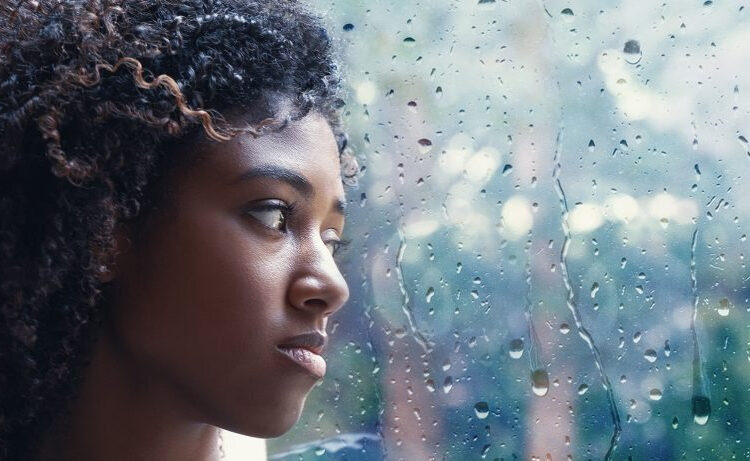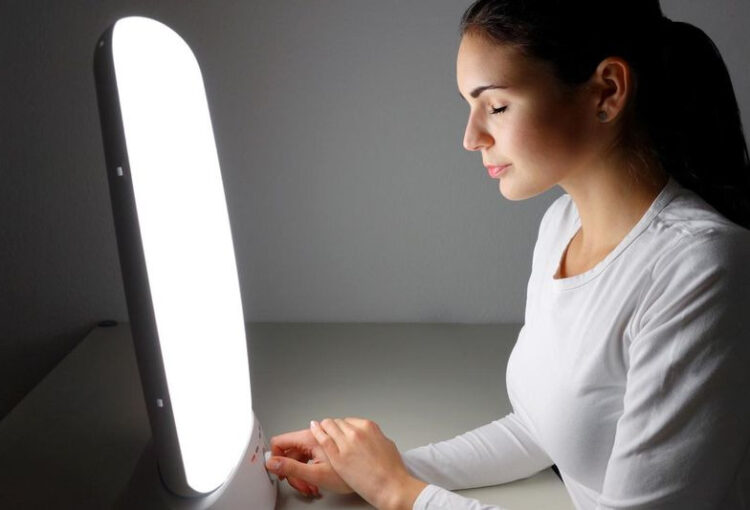Seasonal Affective Disorder

Seasonal Affective Disorder
Hey Village! ��
It’s that time of year when the days get shorter, the air gets cooler, and the sunlight fades a little earlier each evening. While the fall and winter months bring cozy sweaters, hot chocolate, and time with loved ones, they can also bring changes in mood and energy that affect our mental health.
Many people start to feel a little more tired, less motivated, or even down during this season. This can sometimes be a sign of something called Seasonal Affective Disorder (SAD) — a type of depression that usually appears during the colder, darker months. But here’s the good news: there are ways we can support ourselves and each other through it!
Understanding Seasonal Affective Disorder: Nurturing Mental Wellness Through the Seasons
As the days grow shorter and the air turns colder, many people notice changes in their energy, mood, and motivation. While it’s common to feel a bit slower or more tired in winter, some individuals experience a more serious shift known as Seasonal Affective Disorder (SAD) — a form of depression that follows a seasonal pattern, typically emerging in late fall or winter and lifting in spring or early summer.
What is Seasonal Affective Disorder?

Seasonal Affective Disorder is more than just the “winter blues.” It’s a clinically recognized condition that affects mood, energy levels, and daily functioning. People with SAD often report feeling sad or hopeless, losing interest in activities they once enjoyed, sleeping more than usual, and struggling to concentrate. Others may experience changes in appetite — particularly craving carbohydrates — along with physical symptoms like low energy or body aches.
While most cases occur during the colder months, a smaller number of people experience summer-pattern SAD, where symptoms begin in the warmer months and include insomnia, restlessness, and loss of appetite. Regardless of the pattern, the condition is tied to how the body and brain respond to seasonal changes in light and temperature.
Why Does SAD Happen?
Researchers believe that reduced exposure to natural sunlight plays a major role in triggering SAD. Less sunlight can disrupt the body’s internal clock — the circadian rhythm — which regulates sleep, hormones, and mood. When this rhythm is off balance, people may experience fatigue and emotional changes.
Additionally, sunlight influences the production of serotonin, a neurotransmitter that contributes to feelings of happiness and well-being. Lower light exposure can reduce serotonin levels, leading to symptoms of depression. At the same time, darker days may increase melatonin production, the hormone that makes us feel sleepy, further affecting energy and mood.
People living farther from the equator — where winter days are shorter and darker — are more likely to experience SAD. However, it can affect anyone, including youth and young adults who may already be navigating emotional and social stressors.

Recognizing the Signs
Common symptoms of SAD include:
- Persistent sadness or low mood
- Fatigue and low energy
- Increased sleep or difficulty waking up
- Cravings for sugary or starchy foods
- Difficulty concentrating
- Loss of interest in hobbies or social activities
- Feelings of hopelessness or worthlessness
If these symptoms appear each year around the same time and begin to interfere with daily life, it may be time to talk to a healthcare professional or counselor.

Supporting Mental Health Through the Seasons
The good news is that Seasonal Affective Disorder is treatable, and there are many ways to support mental wellness during darker months.
- Light Therapy (Phototherapy)
One of the most effective treatments for SAD involves exposure to a special light box that mimics natural sunlight. Sitting near the light for about 20–30 minutes a day can help regulate mood and sleep patterns.
- Stay Active
Physical movement boosts endorphins and energy levels. Even short walks outside during daylight hours can make a difference. Dance, yoga, or stretching indoors can also help lift mood.
- Connect and Create
Social interaction and creative expression are powerful tools for emotional health. Joining community programs — like art, music, or photography workshops — can provide a sense of purpose and connection.
- Mindfulness and Gratitude
Practices such as journaling, meditation, or a “gratitude scavenger hunt” can help shift focus toward positive moments and self-awareness, reducing feelings of isolation or sadness.
- Professional Support
Therapy or counseling can provide valuable coping strategies, especially when symptoms feel overwhelming. In some cases, healthcare providers may recommend antidepressant medication to balance serotonin levels.

Building Community Resilience
At its core, addressing Seasonal Affective Disorder is about nurturing community wellness. Programs that bring people together to share stories, express creativity, and access resources can make the darker months brighter. MyKingstonKids and its partners remain committed to creating spaces that promote mental health and connection — reminding us all that even in the winter season, there are ways to find warmth, light, and hope.
Here’s to brighter days! 
